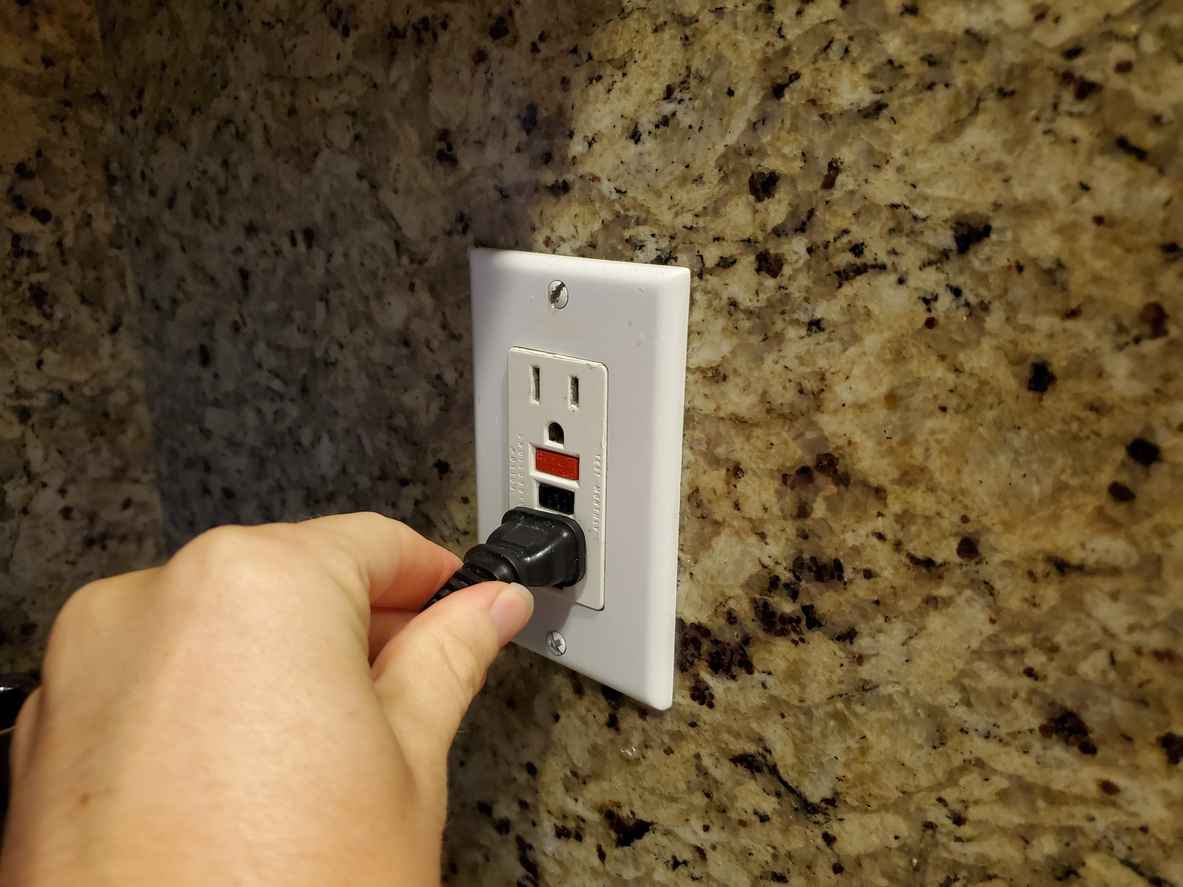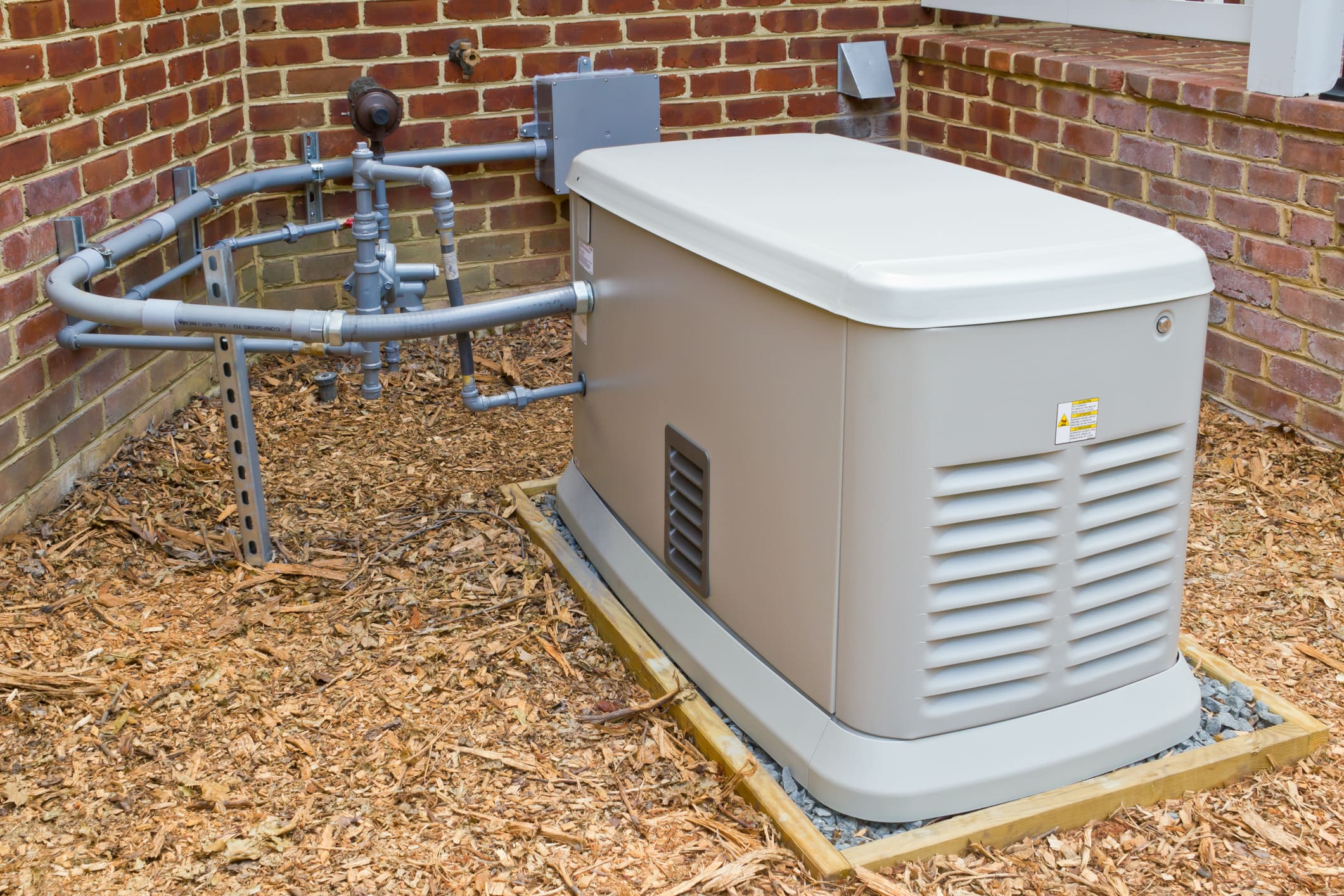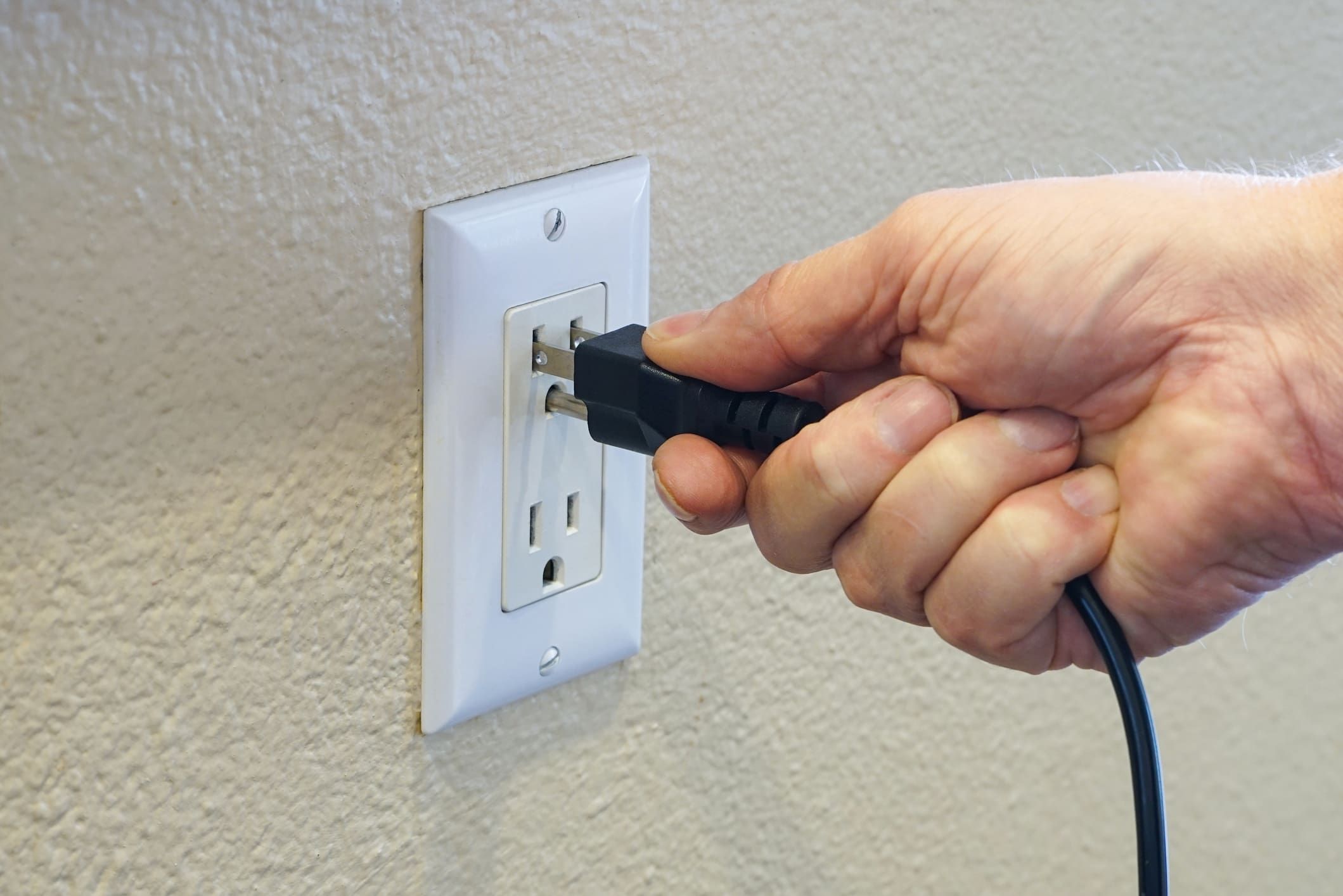Is Your Home Ready For An EV Charger?

Electric vehicle sales are on the rise and more and more people are considering installing an EV Charger in their home. But before you make the investment in the charger it is important to assess if your home is ready for an EV charger to be installed.

EV chargers are classified into three categories: Level 1, Level 2 and direct current (DC) fast charging. One distinction between these three levels is the input voltage, Level 1 uses 110/120 volts, Level 2 uses 208/240 volts and DC fast chargers use between 200 and 600 volts. Level 1 and 2 chargers are meant for residential use while DC Fast Chargers are typically available at commercial sites and along highways.
Things you need to consider to ensure your home is EV ready:
✔ Do you have sufficient electrical capacity?
All L2 Electric Vehicle Supply Equipment (EVSE) models on the market require substantial power, usually several times the requirements of an electric range, a central air conditioning or heat pump system. To be more precise, power is how fast energy is used or transmitted, and in the case of a level 2 charging unit — this is a lot of power. It is especially a lot of power if you consider that the EVSE will probably be operating at the same time the range, heating, or cooling system might be operating, so you’ll need to make sure that you have sufficient electrical capacity to handle the EVSE along with these other electric appliances. Generally, charging electric vehicles can easily double or triple the overall power load of a house. And, even if the dwelling has sufficient power coming into it, it might still be necessary to upgrade the electrical distribution panel or other equipment at your home. Installing a level 2 charging station for your electric motor might not cost anything if you already have a 14-50 outlet or could cost between $500-$2,500, depending on if it will require an electrical power upgrade in order to great enough power.
✔ Are you plugged into your home standards?
EV chargers are available in both hardwired or plug in versions. But some of the plug versions uses the same standard plug as a cooking range (NEMA 14-50). It is not the standard plug for a dryer, which is NEMA 14-30, and the chances are high that you probably do not have a NEMA 14-50 outlet already installed at your desired charging location, so expect to hire a licensed electrician to install a plug for your L2 EVSE unit, even if you have adequate power.
If you’re a multiple-car family you might want to look to the future when you install your EVSE. If you do have the available capacity, it may be a good idea to install a higher amperage circuit than what the EVSE can deliver, or what your current EV can accept. That way, in the future when you have two EVs, you won’t have to upgrade the circuit or possibly add a second one.
✔ What does your municipality require?
It’s important to note that some municipalities do not permit the installation of a plug version of the level 2 EVSE even if the charging unit is UL listed, so you should contact your municipality to find out if it allows a plug version or requires a hardwired version. There is usually an electrical inspection department, which can answer questions about specific requirements. However, when you work with Chesapeake Electric we take care of all of those issues for you. We will get the permit and the inspections set up and ensure all you pass inspections, as we like to take this extra step off our customers plate.
 ✔ Does your panel have the load available to just add to the EV charger?
✔ Does your panel have the load available to just add to the EV charger?
An EV charger typically uses as much if not more power than a HVAC or Dryer which can be a pretty large strain on a panel that is already nearing its capacity limitations. To ensure you have enough power you will likely need to have a load calculation done which is something that is best done by an electrician. But if you a DIYer that want to give it a try you can, just keep in mind that there are pretty serious implication if you calculate incorrectly.
✔ Do you have a suitable location to install the charger?
If you can, install your home charger close to your electrical panel. Your electrician may need to run conduit from your panel to where you will charge, and a lot of conduit can get expensive. Installing your charger close to your garage door may make it easier to charge multiple cars, and a weatherproof charger rated for outdoor use gives you the flexibility to install indoors or out depending on where you want to park. Using a dryer circuit is not usually safe for chargers, but look for a charger that can use a NEMA 6-50 or 14-50 plug, two common plug types that electricians can install easily.

Recent Posts

July 9, 2024

July 2, 2024

July 2, 2024

June 18, 2024

June 13, 2024

June 11, 2024

June 6, 2024
